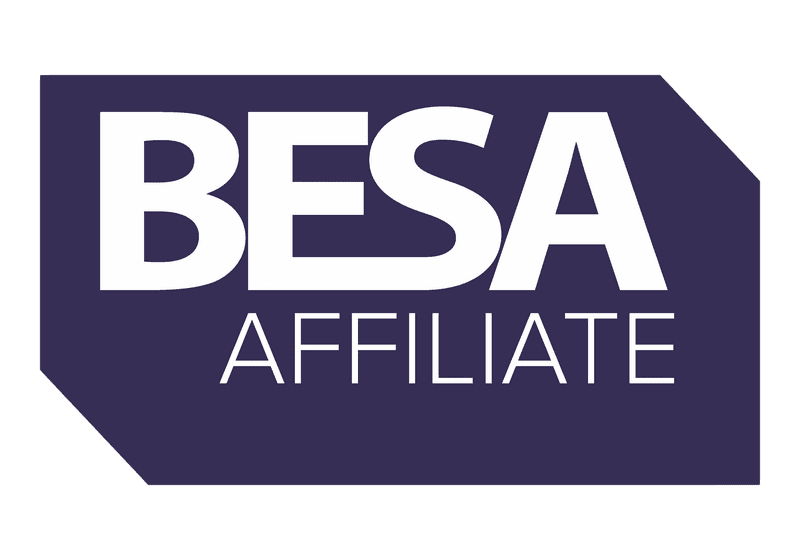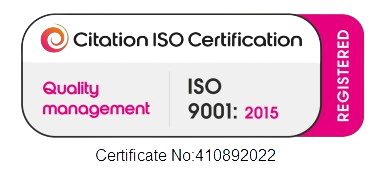Organisations are increasingly looking for smarter, more sustainable ways to attract and retain top performers. While much attention is often placed on sourcing external talent, one of the most powerful tools for organisational growth and employee satisfaction is already within reach: internal mobility.
What Is Internal Mobility?
Internal mobility refers to the movement of employees within an organisation—whether through promotions, lateral moves, project-based roles, or cross-functional training opportunities. At its core, it’s about leveraging and developing existing talent to meet evolving business needs.
Why It Matters
- Retention: Keeping Your Best People - Employees are more likely to stay with companies that offer clear pathways for growth. According to LinkedIn data, workers who have moved internally have a 64% chance of remaining with an organisation after three years, compared to only a 45% chance for those who haven’t moved internally. When individuals see a future within your organisation, they’re less tempted to explore opportunities elsewhere.
- Engagement & Satisfaction: Fuelling Motivation - Career progression is a key driver of employee engagement. Promoting from within signals to your team that their contributions are recognised and valued. Companies with high internal mobility rates see 17% greater learner engagement. This not only boosts morale but also fosters a culture of trust and loyalty. People want to work for workplaces that invest in their future.
- Cost Efficiency: Hiring Smarter, Not Harder - External hires can be expensive—not just in recruitment costs, but in the time, it can take for new employees to settle in and be fully trained. On average, 18% more annually than internal hires. Internal candidates, on the other hand, already understand your culture, processes, and goals. This shortens onboarding time and increases the likelihood of success in the new role. A Workday survey found that 46% of companies focusing on internal mobility experienced a decrease in recruitment costs.
- Cultural Consistency: Growing Your DNA - When you promote from within, you’re not just filling a role—you’re reinforcing your company culture. Internal hires tend to carry forward company knowledge, relationships, and shared values that help maintain team cohesion and operational stability.
Making Internal Mobility Work
Implementing an effective internal mobility strategy requires intention and structure. Here are a few tips:
- Build Visibility: Create transparent systems for internal job postings so employees know about opportunities.
- Invest in Development: Offer mentorship, training programs, and skills development to prepare employees for new roles.
- Encourage Career Conversations: Empower managers to have regular, open discussions about career goals and internal pathways.
- Recognise Lateral Moves: Not all mobility has to be upward. Horizontal moves can offer new challenges and learning experiences that build versatile leaders.
Internal mobility isn’t just a nice-to-have—it’s a competitive advantage. By actively developing your internal talent pipeline, you reduce turnover, strengthen your culture, and build a more resilient organization.
At a time when agility and engagement are more crucial than ever, promoting from within is one of the smartest moves you can make.
If you are looking for new talent to join your team, give Cento a call and let’s talk about elevating your hiring strategy - 01509 615290.







